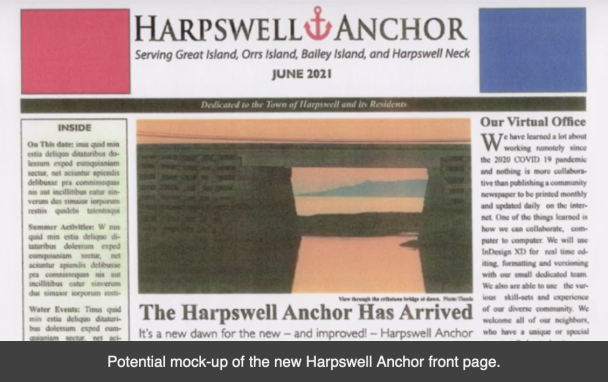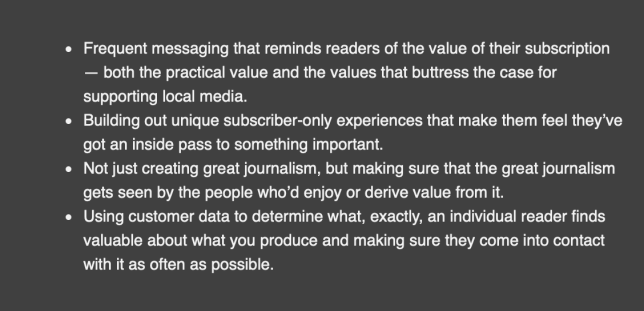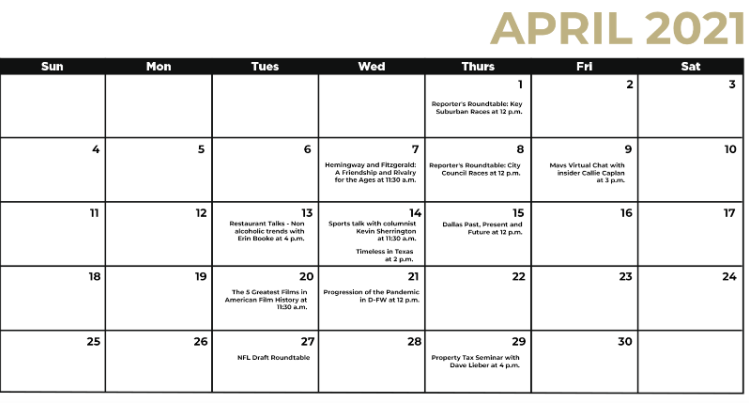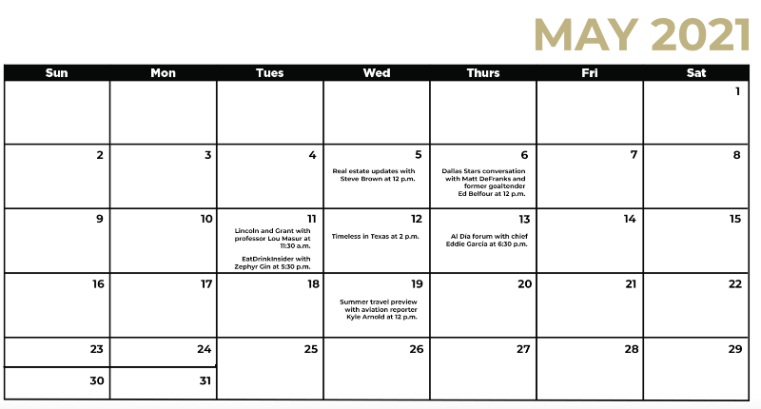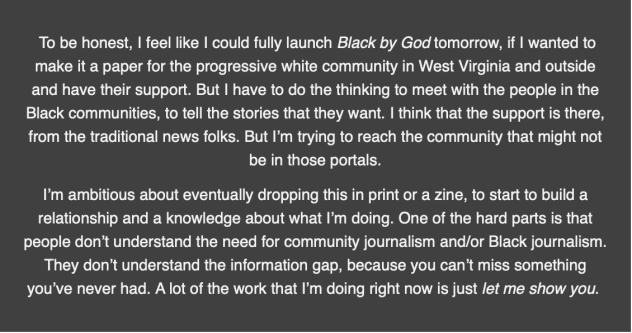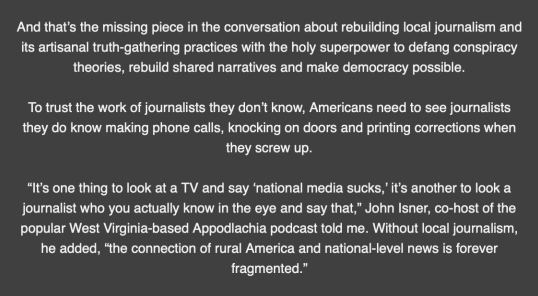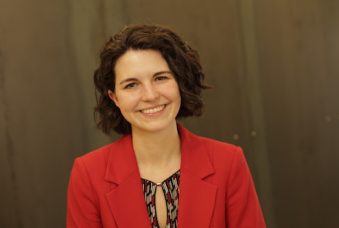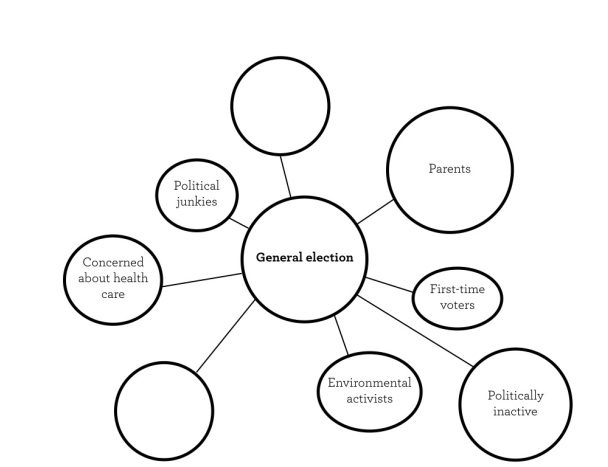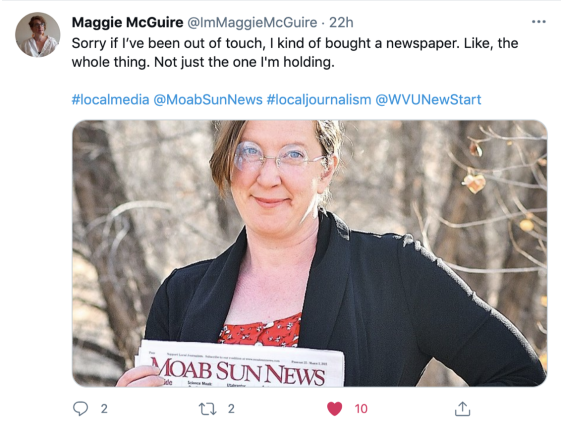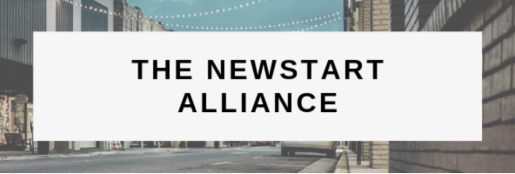
A Nonprofit Grows in Chicago
May 21, 2021
About a year and a half ago, four weekly community newspapers in the Chicagoland area began the transition from a for-profit business called Wednesday Journal Inc. to a nonprofit called Growing Community Media.
I talked with editor and publisher Dan Haley this week about how the transition has been going, and what lessons others can learn from his company being perhaps the first for-profit, legacy print community news publication in the country to make the switch to a nonprofit model.
First, some of the backstory.
Haley was one of several founders of Wednesday Journal Inc. in June 1980. They didn’t have the luxury of relying on what Haley calls “family money,” so they quickly realized they needed to find a way to fund their journalistic endeavors. To do that, they got creative, and sold shares of stock in the company to people in the community. About a year and a half later they had about 70 to 80 shareholders who ponied up about $1,000 each, and the publication found itself on solid ground and rooted in the community.
Eventually the company grew to seven weekly newspapers and several other publications, including Chicago Parent magazine.
But, as is the story for many community newspapers across the country, things changed. Print advertising shrunk, digital revenue wasn’t enough, staffing diminished and by 2019 the company was down to four weeklies.
Something had to change.
“We were either going to run it down to the ground over the next couple of years, or we were going to reinvent it,” Haley said.
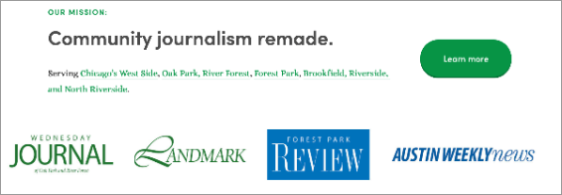
Luckily for the communities they cover — Chicago’s West Side, Oak Park, River Forest, Forest Park, Brookfield, Riverside and North Riverside — they chose the latter.
After researching options, Haley landed on the nonprofit model. From there, the first thing Haley did was go to the remaining shareholders in the company and explain the situation. The company has done well over the years, it made money and it paid dividends. Now he was asking them to donate their shares to the new nonprofit entity.
“To their credit, all of the dozen shareholders signed on to that,” he said, adding that they did receive tax benefits from the donation of the stock.
Then came the inevitable task of getting the nonprofit status from the IRS. After receiving a lot of advice from accountants and lawyers on the paperwork (and one math error on the application that had to be fixed), it took about four months to get approved.
From there, it was all about figuring out how to reimagine the business model for a nonprofit newsroom — and, of course, doing so during a pandemic.
The nonprofit status gives Growing Community Media another revenue stream to tap into. They are focused on selling more ads, increasing paid print subscriptions, creating more digital revenue opportunities (they do not have a paywall and do not plan on adding one), and now they’ve added philanthropic donations. Those donations range from someone adding an extra $2 to a current print subscription renewal to up to $1,000. There are also some high-level benefactors who have added much to the bottom line.
Haley said having that additional revenue stream was critical for the organization over the past COVID-impacted year.
“Is this going to work? I think so. I’m not positive. Is it the best option we had? Absolutely,” Haley said. “We had a considerable amount of success stabilizing ourself and growing our newsroom after years of declines. We can invest more money in our newsroom. That’s been the pitch all along to readers and donors. That’s certainly the message that people want to hear.”
And that’s a message Haley and his team are trying to get better at conveying to the community, especially if they want to double the number of folks who can make an annual donation and increase support from community foundations.
Haley has been the one to make a lot of the calls to ask for contributions. He said it is a huge cultural change to be comfortable enough and passionate about what his team is doing to ask someone to make a donation. But, he added, he’s been “surprisingly comfortable” doing it.
“I certainly have sold a lot of ads over the years and sponsorships,” he said. “I’ve been comfortable making the asks. My failing is that I’m not always sure how much to ask for. That’s something I need to get better at. Asking for 20 bucks or 20,000 bucks. I will get better as I go along.”
Along with the uneasiness that comes along with an entirely new business model comes the realization that the move appears to have paid off. In fact, he said some local journalism funders in the Chicago area have been intrigued by Growing Community Media’s hybrid approach, since it combines advertising, subscriptions and philanthropy and is not overly reliant on donations alone.
So far, that diversification has been a source of strength.
“We’re stable. We are operating this year at a little better than break even. That’s great and better than anticipated,” Haley said. “I think this model is going to work.”


